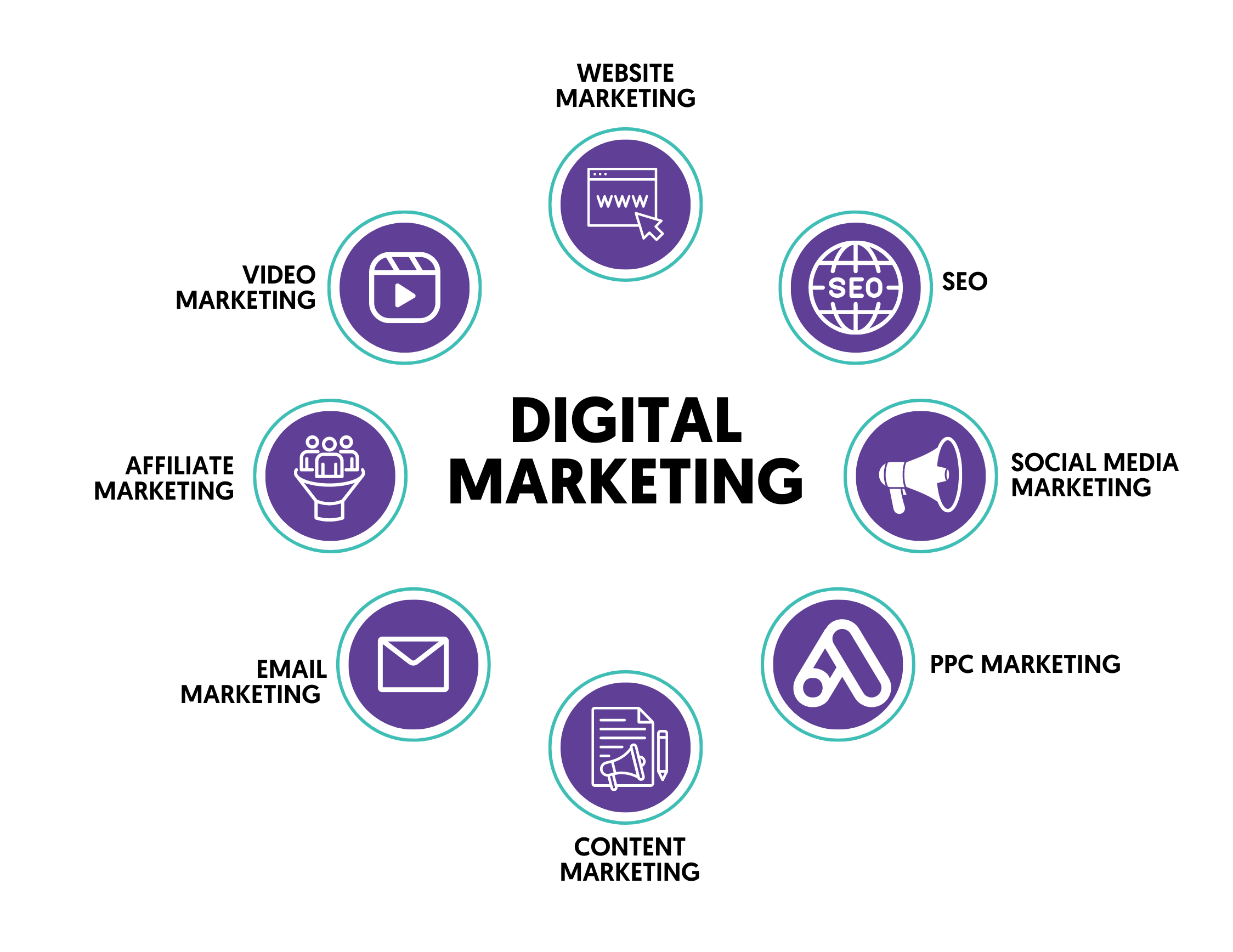Enhance Individual Experience and Drive Web Traffic With Responsive Web Style
In today's digital landscape, where users are accessing internet sites from a wide variety of devices, receptive web layout has become a lot more essential than ever before. With its capability to adjust and effortlessly adjust to various screen dimensions, responsive style not only improves user experience however also drives web traffic to your website.
Why Receptive Website Design Issues
Responsive internet layout is a crucial element of modern-day web growth due to its capacity to guarantee optimal individual experience across different gadgets and screen dimensions. With the proliferation of smart devices, tablet computers, and various other mobile phones, it has actually become critical for sites to adjust and provide smooth functionality no matter the tool being used.
The main factor why receptive website design matters is that it permits customers to have a consistent and satisfying browsing experience, despite the gadget they are making use of. A receptive website automatically changes its design, content, and layout elements to fit the screen size and resolution of the device, making sure that individuals can quickly engage and browse with the web site without any kind of aggravation or aggravation.
Furthermore, responsive website design also plays a significant role in seo (SEARCH ENGINE OPTIMIZATION) Look engines, such as Google, focus on internet sites that are receptive and mobile-friendly in their search engine result. By including receptive style principles, websites can improve their presence and position, causing boosted organic traffic and possible clients.

Boosting Customer Involvement Through Responsive Style
Maximizing customer engagement is an essential goal of responsive style, as it ensures that individuals can easily gain access to and connect with web site content on any type of gadget. With the enhancing use tablets and smartphones, it is important for internet sites to adjust to various display dimensions and resolutions. Receptive style allows web sites to immediately change their design and material to offer a seamless user experience across devices.
Among the major means receptive style increases customer involvement is by lowering tons times. With a receptive internet site, individuals don't have to wait for different mobile variations to tons, leading to faster accessibility to web content. This enhanced speed leads to greater customer contentment and urges them to spend more time on the site.
In addition, receptive style enhances user involvement by boosting navigation and interface (digital marketing Carlsbad). When a web site is developed responsively, buttons and food selections are enhanced for touch interactions, making it easier for customers to connect and navigate with the website on their mobile phones. This intuitive and straightforward experience keeps customers engaged and encourages them to discover more of the website
In addition, receptive design enables for better material visibility and readability. By adapting the design and typeface sizes to different gadgets, responsive websites guarantee that individuals can quickly comprehend the material and review. This boosts user interaction by reducing the requirement for scrolling or zooming to read the text.
Boosting Website Web Traffic With Responsive Internet Layout
With the growing popularity of mobile gadgets, having an internet site that is receptive to various display dimensions and resolutions is necessary for driving raised website traffic. In today's electronic landscape, individuals are accessing web sites from a selection of gadgets such as mobile phones, tablet computers, and desktop computer computers. Each of these gadgets has different screen dimensions and resolutions, and if your internet site is not made to adjust to these variations, it can result in a poor user experience and a loss of potential website traffic.
Receptive web design ensures that your website looks and operates ideally across all devices. By using adaptable grids, fluid images, and media queries, receptive style enables your internet site to instantly change its layout, web content, and navigating to fit any kind of display size. This means that users will certainly have a seamless surfing experience no matter of whether they are using check this a tiny mobile phone or a large desktop computer system.
Key Components of Efficient Receptive Style
Effective responsive layout integrates numerous crucial components that make sure a smooth individual experience throughout different gadgets. Among these aspects is adaptable grids and layouts. By utilizing relative systems like percents as opposed to dealt with systems like pixels, developers can create designs that scale and adapt to fit different display dimensions. This allows material to be presented in a visually attractive and legible way on any kind of device.
An additional vital element is media queries. These allow designers to apply different styles and layouts based on the attributes of the customer's tool, such as display dimension and alignment. By utilizing media questions, developers can maximize the discussion of web content for each and every tool, ensuring that it is legible and conveniently obtainable.
Receptive photos are likewise critical in reliable receptive style. Pictures that are as well large can decrease page lots times on mobile tools, while images that are too little may show up pixelated on bigger displays. By utilizing methods such as responsive image resizing and careless loading, developers can make sure that pictures are appropriately sized and optimized for each and every tool.
Finally, effective receptive layout includes a mobile-first approach. This suggests prioritizing and making material for smart phones initially, and after that broadening and enhancing the style for larger displays. This method ensures that one of the most essential web content is quickly accessible on smaller sized screens, while still providing a rich experience on bigger devices.
Ideal Practices for Carrying Out Responsive Website Design
Applying responsive internet design needs careful factor to consider of various finest practices to make sure an optimum individual experience throughout different tools. Here are some crucial best methods to adhere to when executing receptive web style.
To start with, it is essential to focus on mobile customers. With the enhancing supremacy of mobile tools, developing for mobile-first has actually come to be essential. Begin deliberately for smaller sized screens and after that considerably boost the layout for larger screens.

One more crucial finest technique is to enhance photos for various screen resolutions. Huge photos can reduce down the packing time of your site, particularly on smart phones with slower connections. Use responsive pictures that can be resized based upon the gadget's display resolution to improve efficiency.
Additionally, examination your web site on various devices and display dimensions to guarantee a regular and seamless Full Report experience. There are numerous testing tools readily available that can help you determine any type of concerns and make necessary modifications.
Last but not least, prioritize usability and availability. Ensure that your site is simple to browse, with concise and clear content. Ensure that your web site comes to people with impairments and complies with access standards.
Conclusion
In conclusion, receptive web layout plays an important role in improving user experience and driving web traffic to websites. By embracing receptive style concepts, sites can make certain optimal watching experiences across various devices, leading to enhanced user involvement.
Optimizing individual involvement is an essential objective of receptive design, as it makes sure that customers can easily gain access to and connect with site material on any kind of device. Responsive style makes it possible for websites to immediately readjust their format and content to offer a smooth customer experience throughout devices.
Furthermore, receptive layout boosts customer engagement by enhancing navigation and individual interface.Receptive photos are additionally essential read this in efficient responsive style. By embracing receptive layout concepts, internet sites can ensure optimal viewing experiences across different devices, leading to enhanced individual interaction.